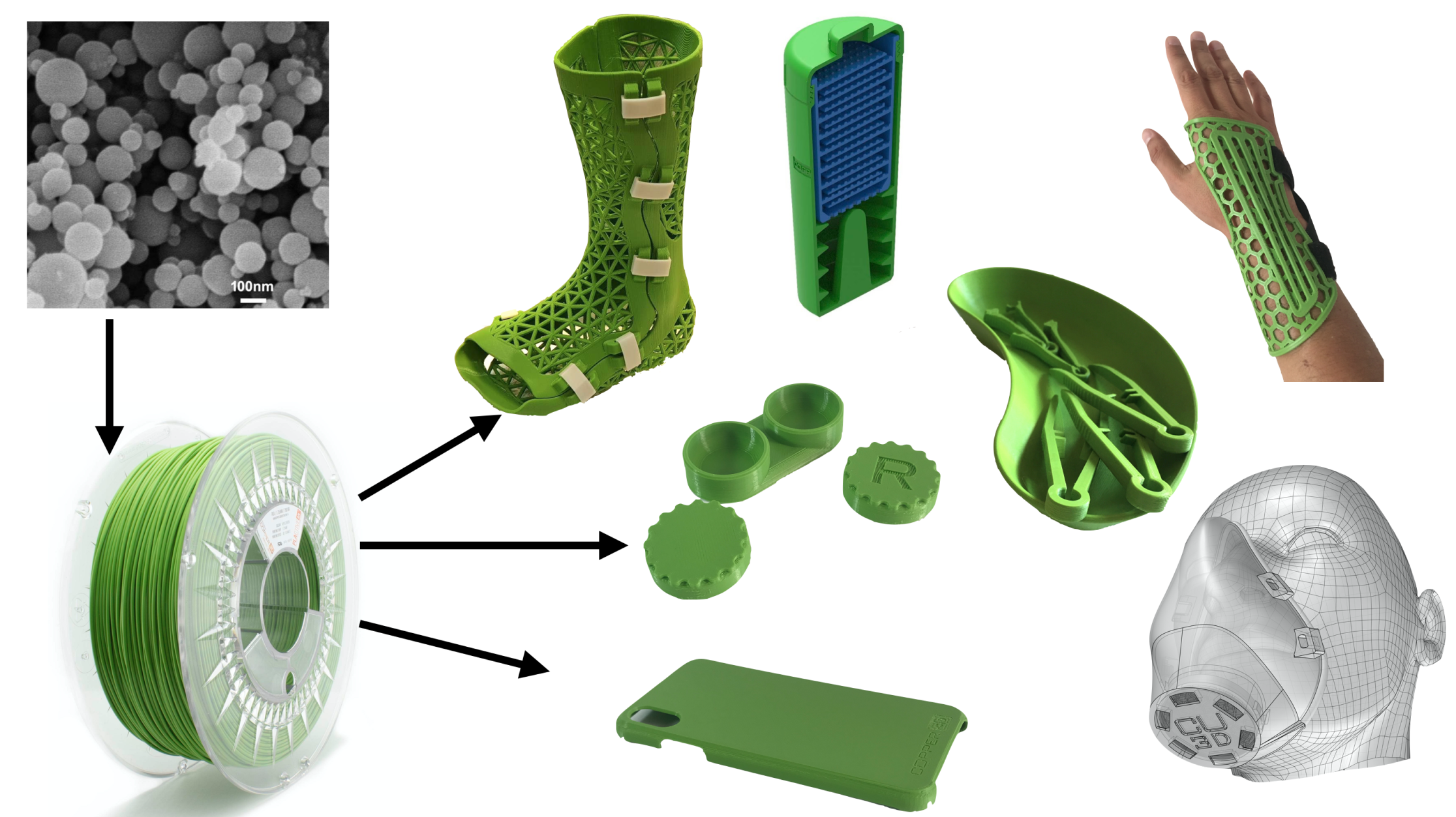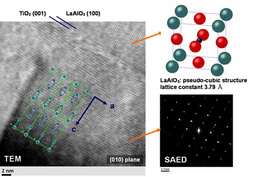How a Backhanded Compliment Made Me Rethink Innovation
Published in Social Sciences, Business & Management, and Economics

Between 2016 and 2017, I enrolled in a Master’s in Innovation at Universidad Adolfo Ibáñez (UAI) in Santiago, Chile. Like many classmates, I was driven by a simple yet ambitious goal: to conceive a “new and brilliant idea” to launch on the market. In that dynamic environment, together with two classmates, who later became my co-founders, we brainstormed and developed the world’s first antimicrobial portfolio of materials for 3D printers. Think of it as a “wide spectrum antibiotic plastic”: a polymer blended with a locally patented additive of nano-copper, zinc, zeolites, and other elements, that could kill bacteria and virus on contact. This additive transforms conventional polymers into highly antimicrobial materials, with just 1% of the additive making a remarkable difference.
This idea, rooted in Chile’s long-standing tradition of copper exploitation and the country’s deep expertise in using copper-based additives, set the stage for a groundbreaking venture: Copper3D.

We launched in early 2018, and the science behind Copper3D was solid. Labs in the U.S., UK, France, and Dubai validated our materials’ ability to reduce microbial contamination in medical devices like prosthetics and surgical tools. Then NASA came knocking. Between 2018 and 2022 we won three NASA grants to test our antimicrobial polymers for space missions, and headlines like “Chilean Startup Wins NASA Grant to test antimicrobial 3D Printing on the International Space Station” set us ourselves in the spotlight of the 3D printing industry.
As the Chief Innovation Officer and co-founder of Copper3D, my role transformed into that of an international ambassador—not just for our technology, but also for the rich, under-appreciated expertise of Chile in copper-related solutions. Over the years, from 2018 to 2023, I traveled extensively across the globe—visiting innovation hubs on the US, Israel, Finland, Norway, Dubai, Oman, Sweden, India, Russia, the UK, the Netherlands, Germany, Italy, Spain, Portugal, Brazil, Colombia, Argentina, among other countries—to showcase our technology.%2016.42.23.png)
In every conference, symposium, and industrial fair, I encountered a recurring reaction. After demonstrating the innovative potential of our antimicrobial materials, the same comment would emerge: "This is amazing, but how is it possible that this breakthrough technology was developed in a country like Chile?"
The “Compliment” That Changed Everything
Let’s unpack that question. On the surface, it sounded like praise: Wow, Chile can do cutting-edge technology! But lurking beneath was an assumption: Innovation like this shouldn’t come from a country like Chile. After all, Chile is better known for its wines and copper mines than nanotechnology or 3D printing.
I found myself puzzled: Was it truly anomalous for a company like Copper3D to originate in Chile? Or was there something deeper at play?
But after a lot of deep and constant thought, I began to see this issue from a total different perspective.
What if the opposite were true? What if Copper3D could only have emerged in Chile?
Copper, Culture, and the Birth of a Theory
Chile produces around ¼ of the world’s copper. Entire towns live and breathe mining. Growing up, copper wasn’t just a metal; it was part of our identity. When we developed Copper3D, we tapped into decades of local expertise— a whole generation of engineers who understood copper’s properties intuitively and deeply, universities researching its antimicrobial potential, and a government pushing to move up the value chain.
%2017.02.17.png)
In other words, Chile’s endemic resources (copper), endemic knowledge (advanced extraction and metallurgy) and endemic technologies (nanocopper antimicrobial additives) made our innovation possible. And it's true, we didn’t have Silicon Valley’s VC networks, OK. But we had something else: deep, place-based mastery of a resource others took for granted.
I began asking: Are there patterns behind innovations rooted in local singularities?
Why does Iceland dominate geothermal tech? Why does Portugal own the cork-based applications market? Why does drip irrigation technology emerge from a country like Israel?
The answer, I hypothesized, wasn’t luck—it was a pattern that later I called Endemic Innovation (EI): solutions born from the collision of a region’s unique assets and singularities (geography, culture, resources, restrictions and knowledge) and global technological frontiers.
This revelation led me to ask a second critical question: Could it be that the very factors often dismissed as limitations are, in fact, the precise ingredients needed for innovation in developing countries?
This insight spurred me to embark on a PhD in Management at Universidad Adolfo Ibáñez, with the aim of investigating the patterns and underlying factors that give rise to these Endemic Innovations. I wanted to explore how unique local resources, and regional conditions can be transformed into sustainable, scalable solutions that not only impact local economies but also gain global relevance.
Why This Matters
My research on Endemic Innovation began as a rebuttal to those who asked, “But… Why Chile?”, and now it’s become a call to rethink innovation itself. In a world obsessed with scaling fast and homogenizing markets, EI model reminds us that the most resilient and breakthrough solutions often emerge from the distinctive singularities of a place—its soil, its history, its people.
So, to anyone doubting whether their “local” develop can go global: don’t hide what makes you unique. Double down on it. Because tomorrow’s breakthroughs won’t come from chasing Silicon Valley. They’ll come from mining the depths of your own backyard—literally.
In this article you can find a deep dive on the Endemic Innovation concept, factors, and conditions.
In this other article you can find case studies of EI from around the world and the distinction of what is, and what isn't Endemic Innovation.





Please sign in or register for FREE
If you are a registered user on Research Communities by Springer Nature, please sign in